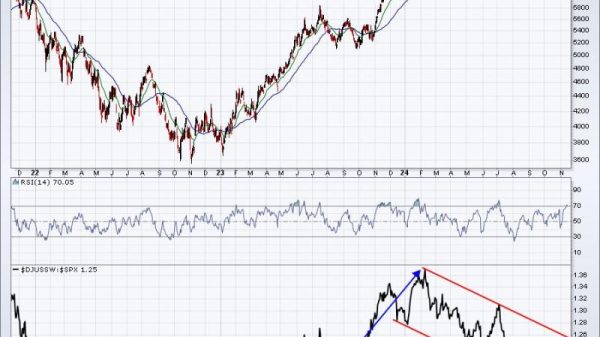In the aftermath of any significant global event or political shift such as a national election, the financial markets often respond with a rollercoaster-like volatility, prompting investors and traders to react accordingly. The recent U.S. election was no exception, with its final results witnessing a significant surge in the markets that has sparked a debate amongst investors: Is it time to go all-in with investments?
Understanding Market Behaviour Post-Election
Post any electoral event, markets potentially react in two contrasting ways. It either responds with optimism, leading to a surge, or it retreats into a bearish stance influenced by uncertainty and fear. The surge being seen currently reflects the market’s optimism towards the financial policies of the recently elected administration, and perhaps more importantly, an end to the uncertainty that surrounds an election period.
Market surges post-election are certainly appealing, and many investors see it as a sign to increase their investment stakes significantly. The logic behind this largely stems from the notion that political stability, and a clear path forward, can often equate to financial stability.
Analyzing the Risks and Benefits
Going all-in post such a surge comes with its share of potential risks and benefits. On the plus side, if the market continues on its upward trajectory, investors stand to gain significantly from their increased stakes. History has shown that in many instances, a post-election surge can transform into sustained growth, making this an attractive proposition.
However, it’s also crucial to be aware of the inherent risks. Notably, a market surge doesn’t guarantee a maintained uptrend. Critical uncertainties can abruptly halt the bull run. For instance, policy implementations might take longer than expected, or economic factors unrelated to the election can come into play, intimidating market stability.
The issue of overvaluation also looms over such market surges. If investors collectively start pouring more money into the market chasing the bull run, it could lead to inflated asset prices, which may not be sustainable in the long run.
A Balanced Perspective: Diversification and Timing
In light of these potential risks and rewards, it’s wise for investors not to plunge headfirst into the bull market, but rather approach it strategically. One such strategy includes diversification. Spreading investments across various assets can provide a safety net against unexpected market dips and is usually a more prudent approach than putting all eggs in one basket.
Additionally, considering the timing of going all-in is equally important. Timing the market is notoriously difficult, if not impossible. Experts argue
































